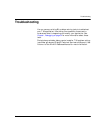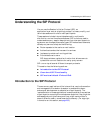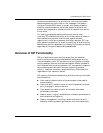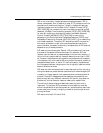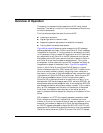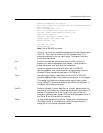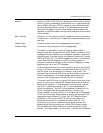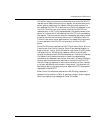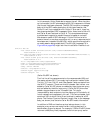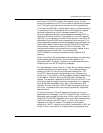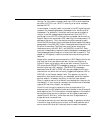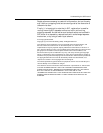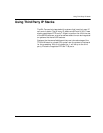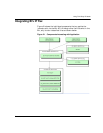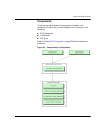
Understanding the SIP Protocol
November 2009 251
of the biloxi.com proxy server and forwards, or proxies, the INVITE
request there. Before forwarding the request, the atlanta.com proxy
server adds an additional Via header field value that contains its
own address (the INVITE already contains Caller A's address in the
first Via). The biloxi.com proxy server receives the INVITE and
responds with a 100 (Trying) response back to the atlanta.com proxy
server to indicate that it has received the INVITE and is processing
the request. The proxy server consults a database, generically called
a location service, that contains the current IP address of Caller B.
The biloxi.com proxy server adds another Via header field value with
its own address to the INVITE and proxies it to Caller B's SIP
phone.
Caller B's SIP phone receives the INVITE and alerts Caller B to the
incoming call from Caller A so that Caller B can decide whether to
answer the call, that is, Caller B's phone rings. Caller B's SIP phone
indicates this in a 180 (Ringing) response, which is routed back
through the two proxies in the reverse direction. Each proxy uses the
Via header field to determine where to send the response and
removes its own address from the top. As a result, although DNS and
location service lookups were required to route the initial INVITE,
the 180 (Ringing) response is returned to the caller without lookups
or without state being maintained in the proxies. This also has the
desirable property that each proxy that sees the INVITE also sees all
responses to the INVITE.
When Caller A's softphone receives the 180 (Ringing) response, it
passes this information to Caller A, perhaps using an audio ringback
tone or by displaying a message on Caller A's screen.



